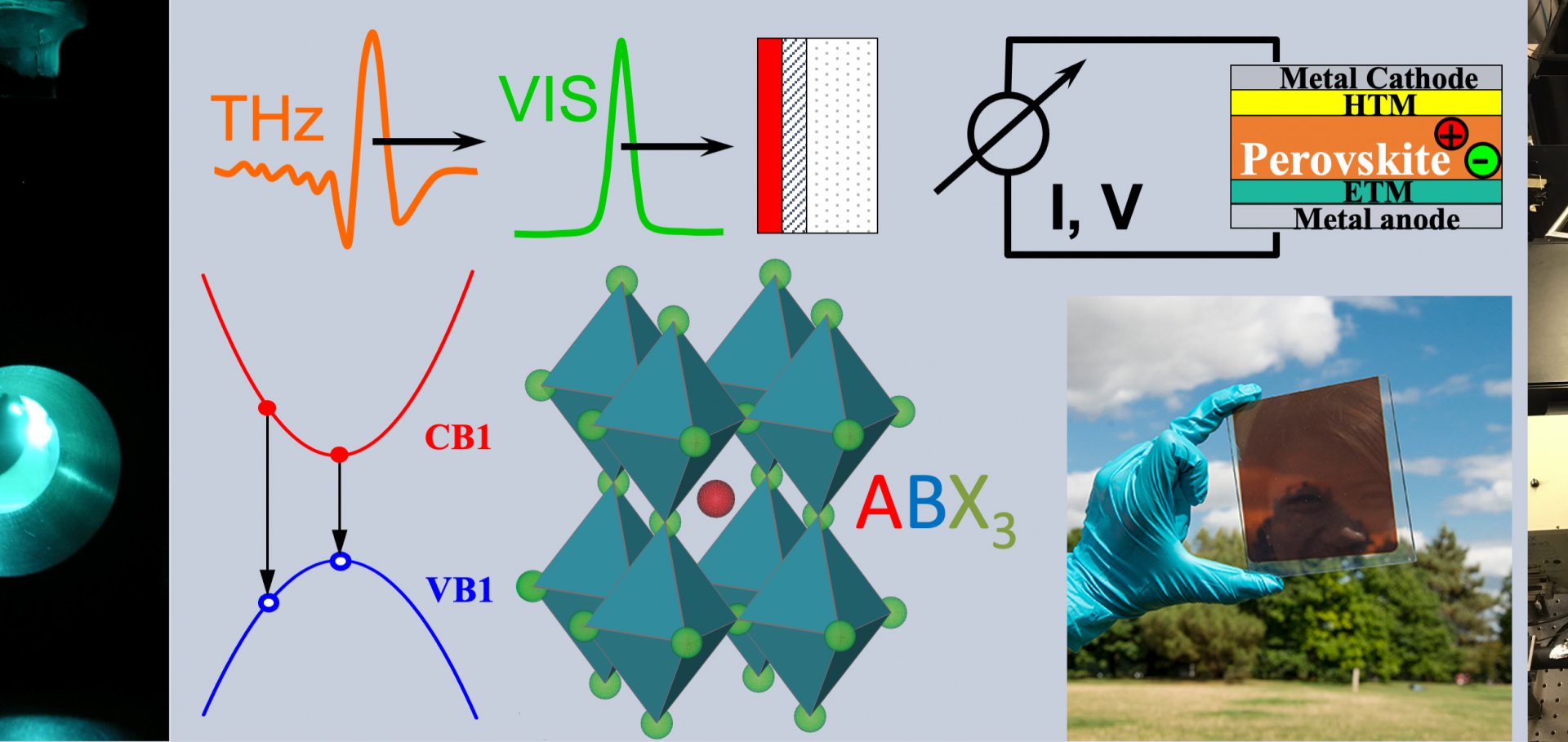Compound semiconductors for terahertz photonics
(2007) 409-410
Abstract:
Terahertz photonics is a rapidly growing field. The ultra-fast dynamics of charge carriers in semiconductors is closely linked to the performance of THz photonic devices. We study a range of ion-implanted and nano-scale semiconductors for application in novel terahertz devices.Conductivity of nanoporous InP membranes investigated using terahertz spectroscopy
(2007) 219-220
Abstract:
We have investigated the conductivity of equilibrium and photoexcited electrons in nanoporous Indium phosphide (InP) of various porosities and of two orientations: (100) and (111). We observed an enhanced transmission through the nanoporous samples compared with bulk InP, resulting from a suppression of the conductivity by the pores. The frequency-dependent conductivity was extracted numerically from the transmission data. We examined the dynamical conductivity of photoexcited carriers using optical-pump THz-probe spectroscopy. After the rapid photoexcitation of electrons, the time-resolved conductivity was observed to decay slowly, with carrier recombination lifetimes exceeding 1ns for all (100)- and (111)-oriented samples.Dimensionality-dependent energy transfer in polymer-intercalated SnS2 nanocomposites
PHYSICAL REVIEW B 75:16 (2007) ARTN 165206
Terahertz probe of carrier trapping in polymer transistors
Optica Publishing Group (2007) tua2
Photoexcitation dynamics in thin films of insulated molecular wires
Applied Physics Letters 89:23 (2006)


